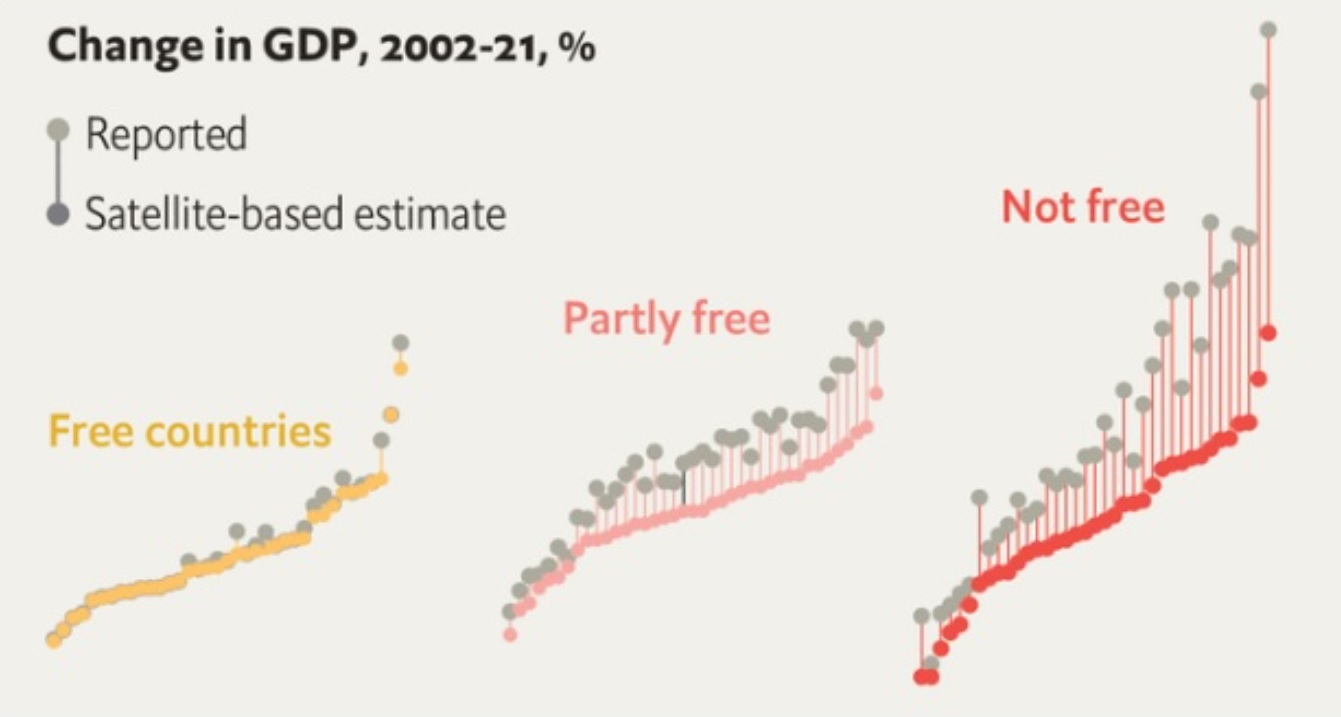Public goods are things like national defense. They benefit everyone and it is hard to stop non-payers from getting it (it would be hard to stop a non-payer from getting defended).
Private goods are those that only one person can enjoy and you can keep non-payers from getting it. A Big Mac for example. If you don't pay, you don't get it and if I eat a particular Big Mac, no one else can eat it.
What I am going to show is that as government gets bigger, it will actually get more expensive in terms of what we have to give up in the private sector. The bigger government gets, the more costly it is.
Now also imagine that this country has 5 workers. Some are better at making private goods (their skills are more entrepreneurial) and some are better at making public goods (their skills are more bureaucratic). The table below shows how much of each good each worker can make in a day if they only produced that good.
These kinds of numbers make sense-we know in the real world people don't all have the same abilities. There is a best plumber, a best doctor, etc. The best doctor is not likely to be a good plumber and vice-versa.
The next table will show all the combinations of private goods and public goods that we can produce if we are at full-employment. That is, if we use all workers.
If we started with all workers making private goods, we make 25 (and 0 public goods). But if we want to make some public goods, we need to move a worker. The best move is to have worker V start making public goods. We give up only 3 private goods and we gain 7 public goods.
If we want more public goods, we would then move worker IV, then worker III and so on.
But each time we do this, we give up a different and increasing number of private goods for each public good gained. The next table shows this.
The more public goods we produce, the more costly they will be in terms of the private goods we have to give up. This is what makes the growing size of government so alarming. We can't see this so easily in the real world. Notice that the last public good costs 2.333 private goods, much more than the first one.
Here are some basic terms that economists use to discuss this issue:
Opportunity Cost-The value of the best foregone alternative. There is no such thing as a free lunch. If we want to build one more skyscraper, we may have to give up one submarine, since there may not be enough steel to go around (steel is scarce!).
The law of increasing opportunity cost-As more of a particular good is produced, the opportunity cost of its production rises. Why is the law of increasing opportunity cost true? Different resources are better suited to different productive activities. This is just about the same as saying people have different abilities, like some are more entrepreneurial and some are more bureaucratic.




